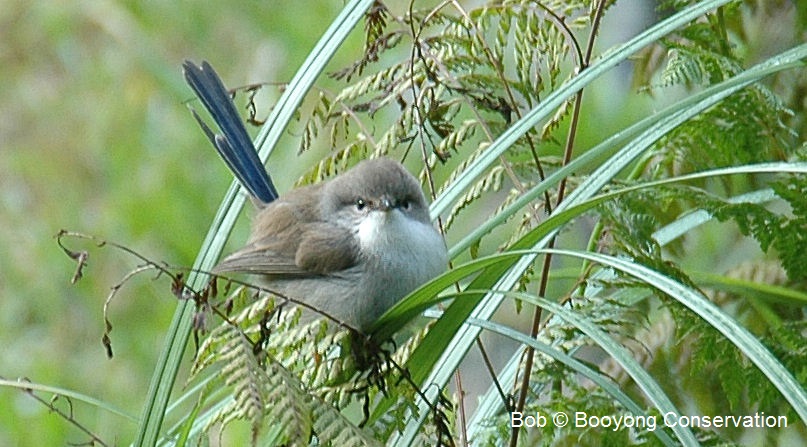Common Name: Superb Fairy-Wren
Scientific Name: Malurus cyaneus
This photo highlights the female superb fairy wren. Whilst she is quite pretty, she’s nowhere near as bright as her male partner who is stunningly blue and pictured beneath – see if you can spot him? Male birds are prettier to attract the females and the females are more conservative in colour so they can care for their young without drawing any attention to predators.
Beryl has solved a mystery for me this morning! I’ve noticed the Wren’s around the cabin have been brown throughout the winter months and Bob has said “the Blue one’s are back” this morning! After talking to Beryl this morning she’s advised us that the young fairy male wrens are brown and turn blue. Dave added that if a blue wren is spotted in the winter months, it’s likely to be a mature male. So grateful for their knowledge and willingness to have long chats on the phone!
Superb Fairy-wrens are commonly found in small social groups consisting of one male and several female and young. They enjoy dense and low shrub habitat and can often be seen of the deck at Booyong frolicking in the grass.
They are found through eastern Australia and Tasmania to the south-eastern corner of South Australia.
Superb Fairy wrens feed in small social groups on insects and small crustaceans. The female usually constructs a nest in a low bush with grasses and other fine materials. She incubates the eggs alone, however both sexes and other members of the social group assist in feeding the young.
More information can be found at Birds in Backyards

